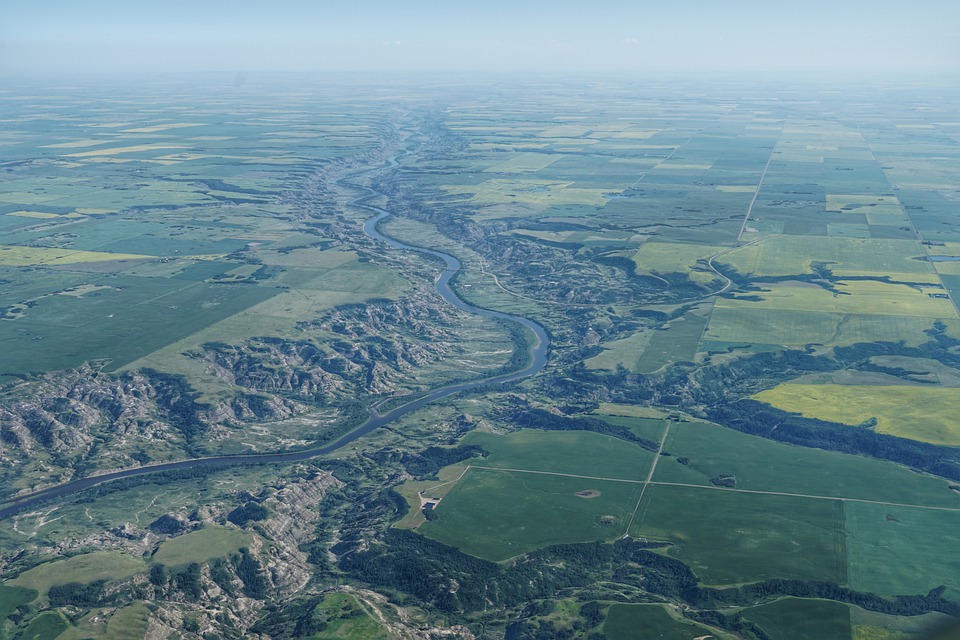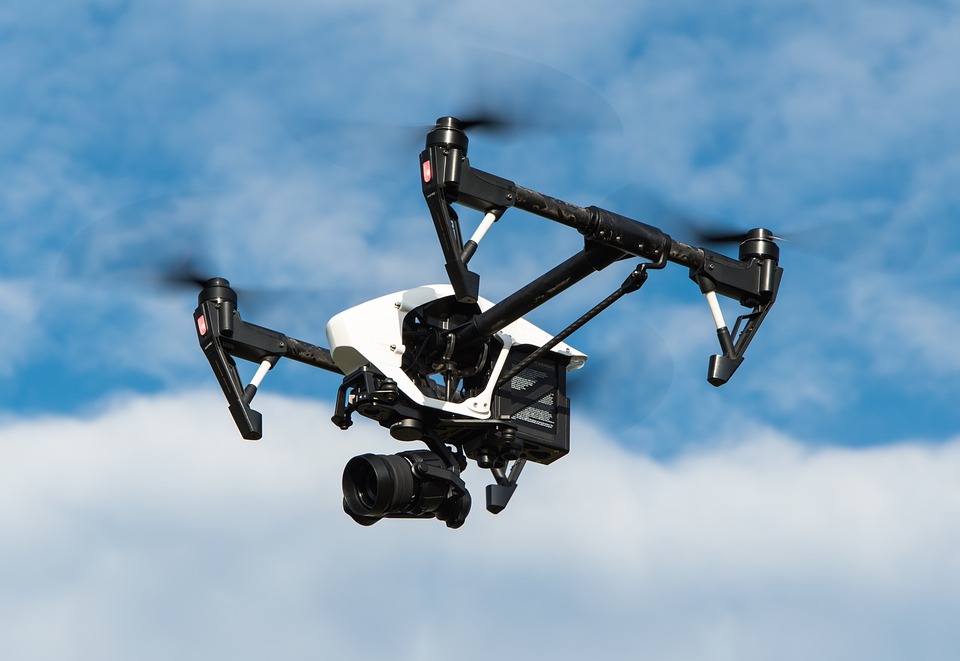Drones in your field? Think again.

“The onboard sensor networks of ground-based equipment, provide real-time answers and automated results during seeding and harvest. Improvements in the computing power and battery life of unmanned aerial vehicles now allow real-time insights on your investments during the growing season, all without boots on the ground. However, few farmers have asked the tough question, are they legal in my field?”
The challenge
Currently, all Unmanned Aerial Vehicles must fly within “Visual Line Of Sight,” with exceptions for operations with expensive flight tracking systems, such as ground radar or ADS-B. Practically, you must be able to see your UAV at all times, know its orientation, and provide obstacle avoidance without the aid of binoculars or other means of assistance. Onboard cameras and avoidance software do not satisfy this burden.
In the event of an incident, Transport Canada has been very vague on how they determine the line of sight requirements. However, considering they mandate recreational UAV pilots fly within 500 meters of themselves at all times, you should plan accordingly to avoid expensive judgments.
The prize
Today, with only one UAV to manage it may not seem like much of a burden. However, imagine a world where instead of hiring an aircraft to spray a field which is difficult to reach, a swarm of UAVs could be deployed from the back of a work truck to comb the area looking for weeds and spraying them on an individual level.
For example, consider the United States Department of Defenses’ Perdix UAV program. The program is designed to weaponize UAVs by creating a swarm of them, sharing a single autonomous decision-making core. Meaning, they are not individually flown or programmed, either. In the field, they would all work together to apply herbicide to individual weeds.
While all of this is possible now, at least in theory - it is prohibitively expensive. Every generation of technology often becomes cheaper and could be affordable in contrast to the current solutions within a decade, so long as there is a military application to advance the underlying concept.
Currently, Transport Canada is only beginning to consider a framework for UAV’s operating beyond the line-of-sight without explicit permission from the regulatory body. None of the current considerations include UAVs not controlled by a person.

Working together
If farmers are going to stay competitive in the global market, government regulation must evolve with the technology. While the line between agriculturalist and the average quadcopter pilot may seem vast now, they will be the same tomorrow.
- Details
- Written by Ryan Louden

